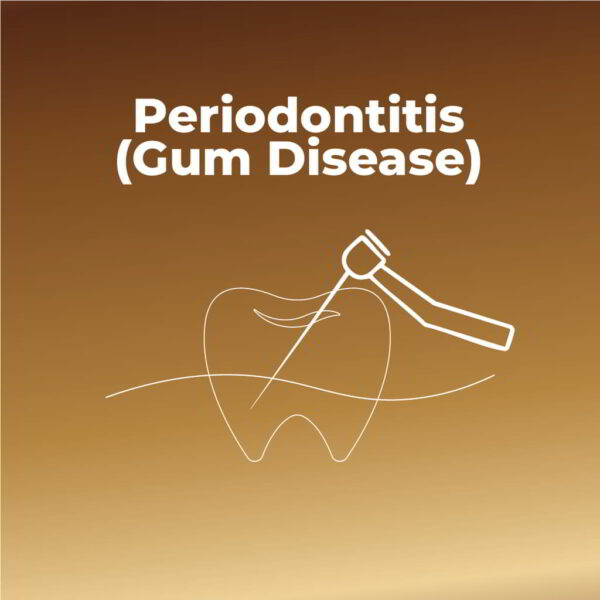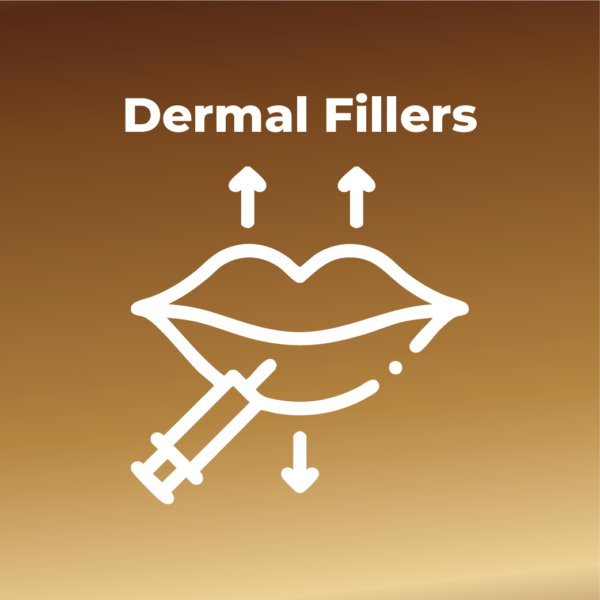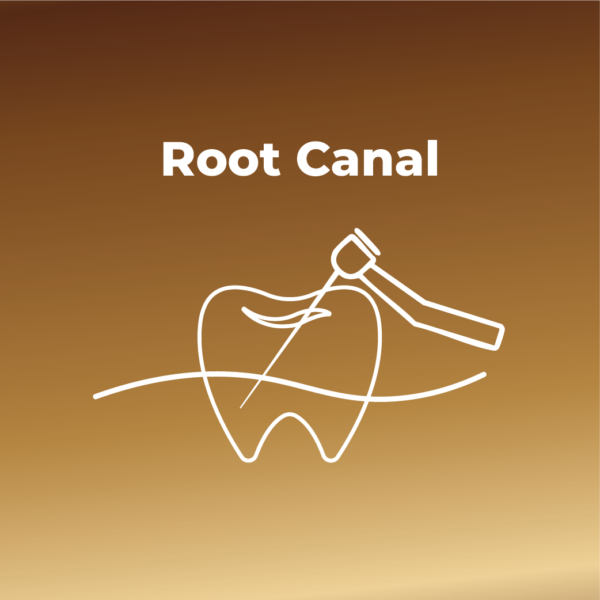What Is Digital Dental Scanning?
Digital Dental Scanning uses the latest dental technology to create an accurate image of your mouth, including the internal structures we can’t see such as bones and nerve endings, giving your dentist a deeper understanding of your overall oral health.
What Is The Difference Between A Dental CT Scan And A Dental OPG Scan?
Put simply, a CT scan is a 3D view of your smile, whilst an OPG is a 2D scan.
CT scans create a cross-sectional image of your mouth, including bone structure/density, tissue, and nerve position.
An OPG creates a panoramic view of all your teeth. OPGs don’t show us anything in 3D, but they let us view your bones and teeth in great detail.
Both an OPG and a CT scan are a type of x-ray, though they serve different purposes.
When Would I Need A Dental CT Scan Or Dental OPG Scan?
There are many reasons why you might need a CT scan or an OPG.
We mainly use these helpful pieces of technology for planning dental implant treatments, oral surgeries, and other treatments we offer.
Some reasons you may be referred for a CT or OPG scan are:
- Planning dental implant placement
- Evaluating the quality of bone and placement of nerves prior to dental implant treatment
- Planning surgery for impacted wisdom teeth
- Detecting and monitoring tumours in the jaw
- Determining the cause of chronic pain.
CT scans and OPG scans are useful for assessing your overall oral health, and your dentist may want you to get one for a range of reasons to confirm your smile is healthy. Your dentist will tell you which type of scan is needed for your treatment.
What Should I Expect When Having A Dental CT Scan Or Dental OPG Scan?
First, we will ask you to remove items such as glasses, which may interfere with the scan. We usually provide a small box or a table you can place your personal items on for safekeeping during the scan.
The scan itself is very quick and simple. One of our dental practitioners specially trained in radiography will position your head for you. We will ask you to place your chin on a head rest and place your lips around a small tube. The scanner will move around your head whilst you stay still, creating a full image of your jaw.
Scans normally take around 2 minutes and are usually conducted whilst standing. If you have difficulty standing due to mobility problems, inform your dental practitioner and we will adjust the scan accordingly.
Will A Dental CT Scan Or Dental OPG Scan Expose Me To Radiation?
As CT scans and OPG scans are a type of x-ray, they will both expose you to a very small dose of radiation, however this is perfectly safe for most people. If you have reasons to be concerned over an x-ray (for example, you think you might be pregnant), let your dentist know and they will assess the need for an x-ray and consider alternative solutions.
Do You Accept Referrals For Dental CT Scan Or Dental OPG Scan?
If you’ve been told by a different dentist that you need an OPG or CT scan, but need to be referred to another clinic because they do not have the facilities, rather than facing long waiting lists to have your scans done at a hospital, it may be an option to have your scan performed privately with us.
Ask your dentist if they will be happy for you to provide a scan from another dental clinic.
We have CT scans at each one of our locations so you will not need to be referred outside of our clinics or to a hospital to have a CT scan.
How Much Does A Dental CT Scan Or Dental OPG Scan Cost?
Most dental scans are included as part of your treatment cost here at Synergy, with no hidden fees.
If you do need to have a CT or an OPG that’s not part of your treatment, our OPG scans cost £50 whilst our more advanced CT scan cost £99. Your dentist will tell you about any additional costs to your treatment.









Patient Reviews
Apply for Dental Finance!
Using our finance calculator you can approximate your total cost for dental work and choose to repay from multiple options.
Other Dental Treatments
-

Anti-Wrinkle Treatment
£100 – £350Price range: £100 through £350 Select options This product has multiple variants. The options may be chosen on the product page -

Periodontitis (Gum Disease)
£70 – £80Price range: £70 through £80 Select options This product has multiple variants. The options may be chosen on the product page -

Dermal Fillers
£600 Select options This product has multiple variants. The options may be chosen on the product page -

Endodontics (Root Canal)
£150 – £650Price range: £150 through £650 Select options This product has multiple variants. The options may be chosen on the product page
